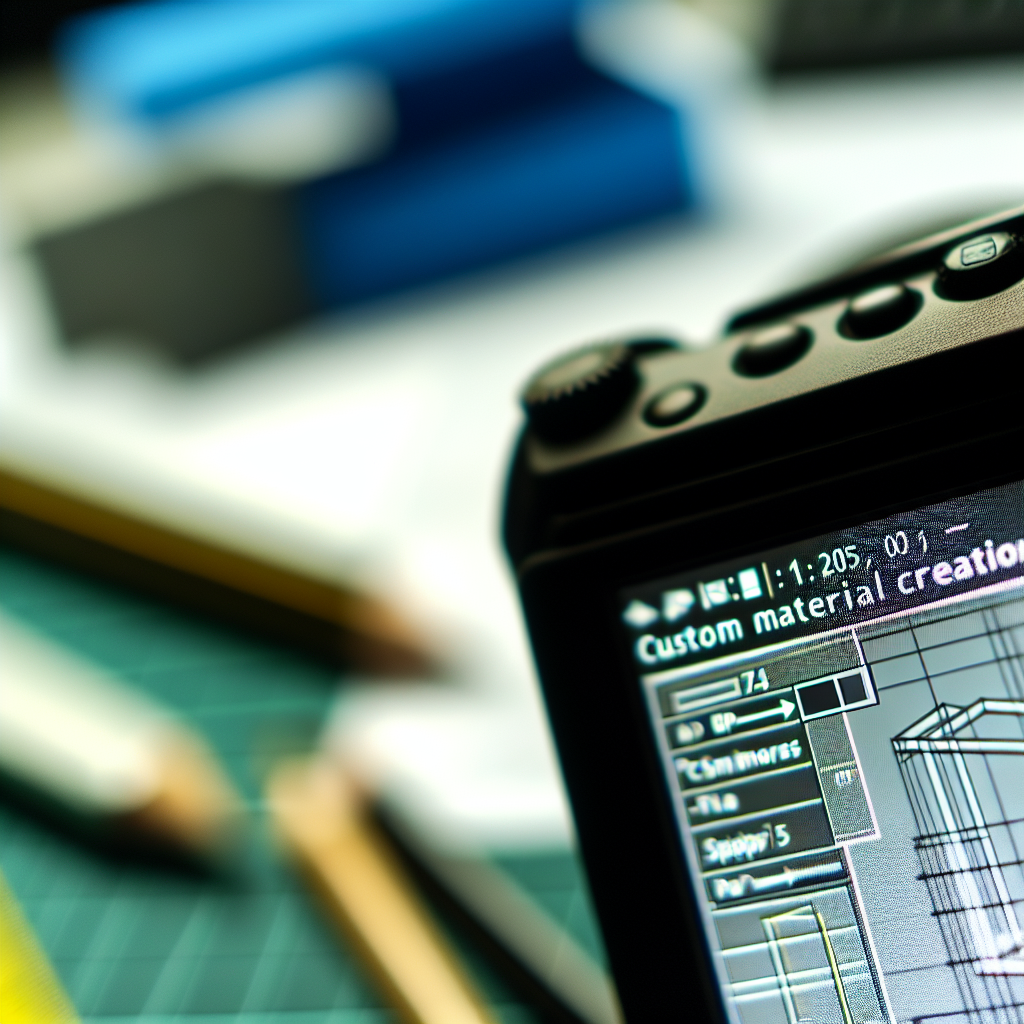Creating custom materials in Revit Architecture is essential for architects and designers aiming to bring realism and uniqueness to their projects. In this article, we’ll explore some of the best tricks and tips to streamline your material creation process, as showcased in the 29th tutorial video. These insights will help elevate your Revit skills and improve your design workflow.
Understanding Revit Material Creation: Foundations and Workflow
Before jumping into creating new materials, it’s crucial to understand the underlying structure of Revit’s material system. Revit materials are not just colors or textures; they are comprehensive data sets that include physical, thermal, and visual properties. This interconnected data allows for realistic rendering and accurate project documentation.
To start creating a new material, access the Material Browser by navigating to the Manage tab and clicking on Materials. This interface provides options to create, duplicate, or modify materials. **Tip:** Always duplicate an existing material before making new adjustments to preserve the original settings for future use.
When developing a material, focus on defining its Visual Appearance first—color, texture, transparency—then move on to physical properties like reflectivity and surface finish. Leveraging Revit’s built-in appearance library can expedite this process, but customizing textures to match real-world materials achieves better realism and uniqueness.
Advanced Tricks for Efficient Material Customization
To create more realistic and customized materials, advanced techniques can come in handy. For instance, applying *procedural textures* instead of static images allows for more dynamic and versatile material appearances that adapt to different lighting conditions. Revit supports importing high-quality textures and even creating layered materials that combine multiple surface effects.
One *best trick* is utilizing the **Material Editor**’s *Mapping Options*. Properly configuring scale, orientation, and UV mapping ensures that textures align perfectly on complex surfaces, preventing distortion or repetition issues. Additionally, leveraging the *Appearance* tab allows you to fine-tune reflection levels, glossiness, and bump maps, greatly enhancing the realism of your materials.
Another tip involves **parametric material creation**, where you assign parameters such as color variation, roughness, or transparency that can be controlled dynamically. This technique saves time when applying consistent material types across multiple elements and enables quick adjustments for different project stages. Moreover, linking these parameters to project parameters ensures broader design flexibility and consistency.
